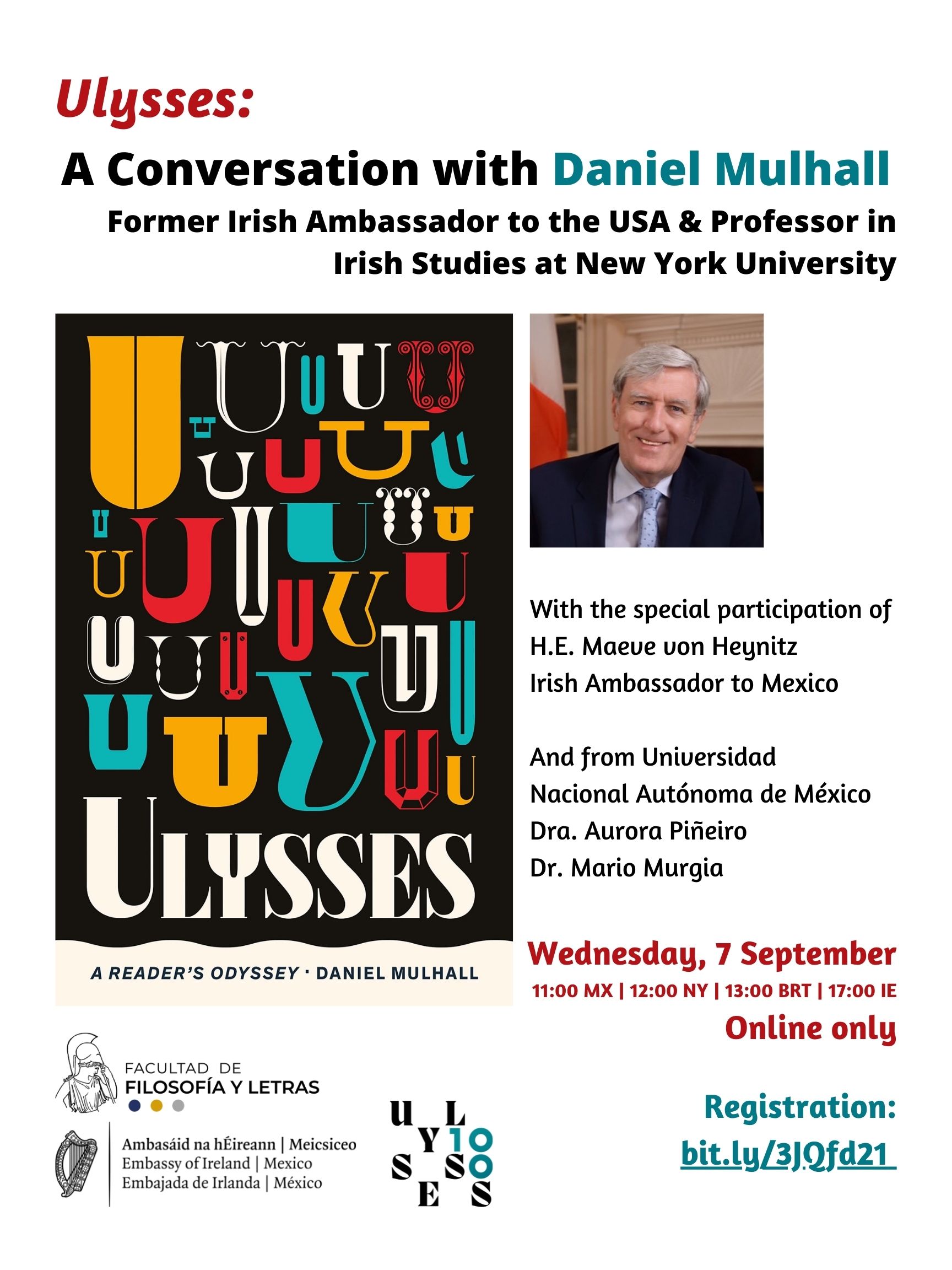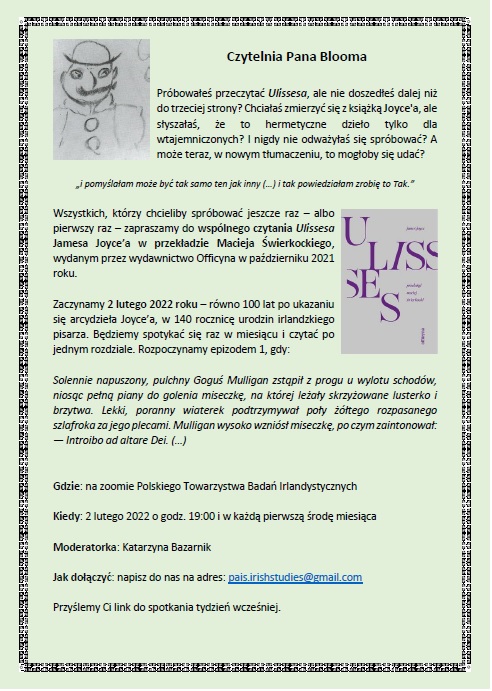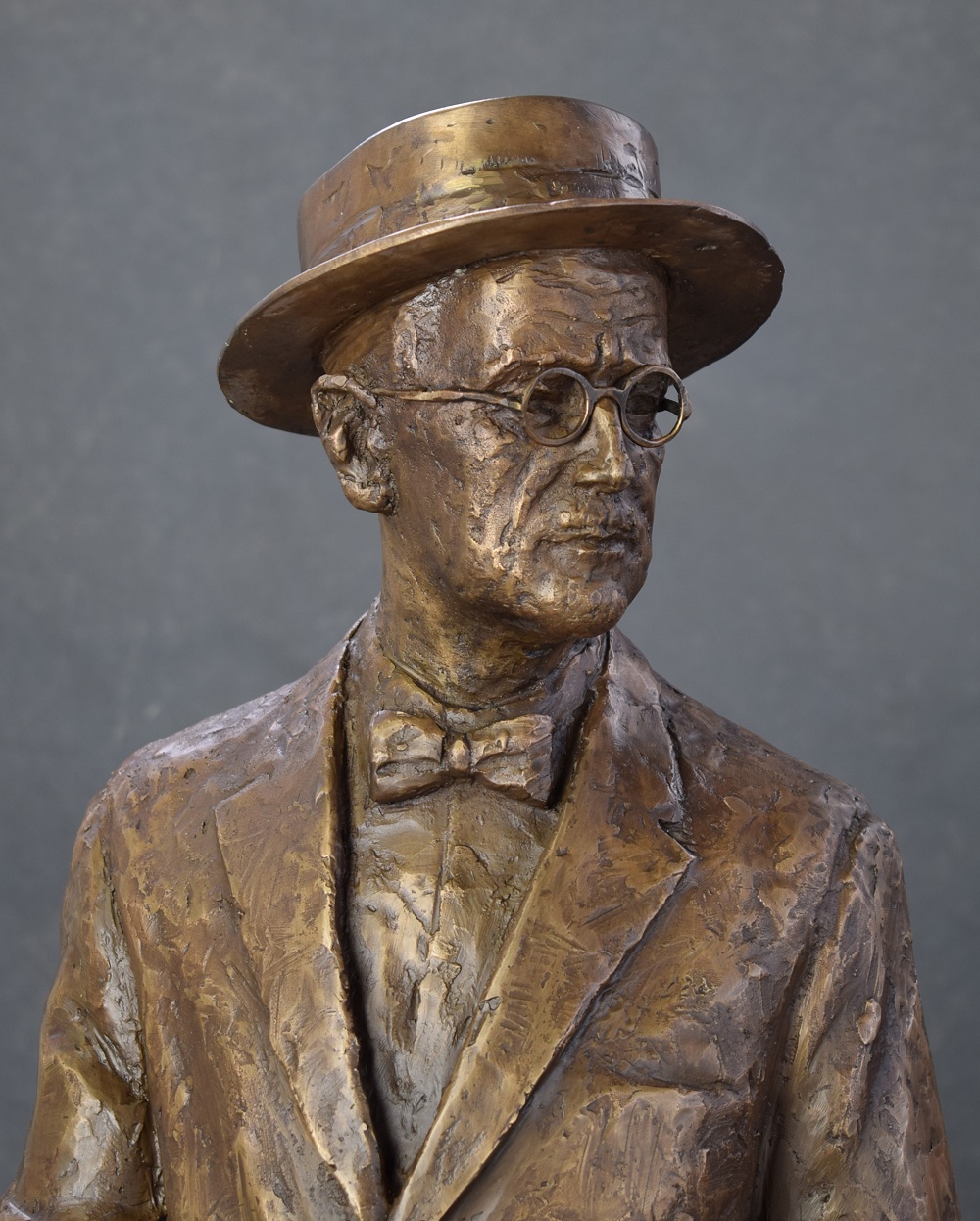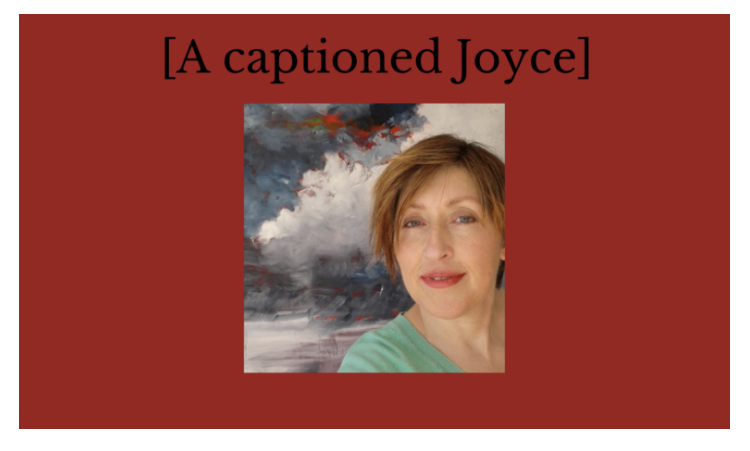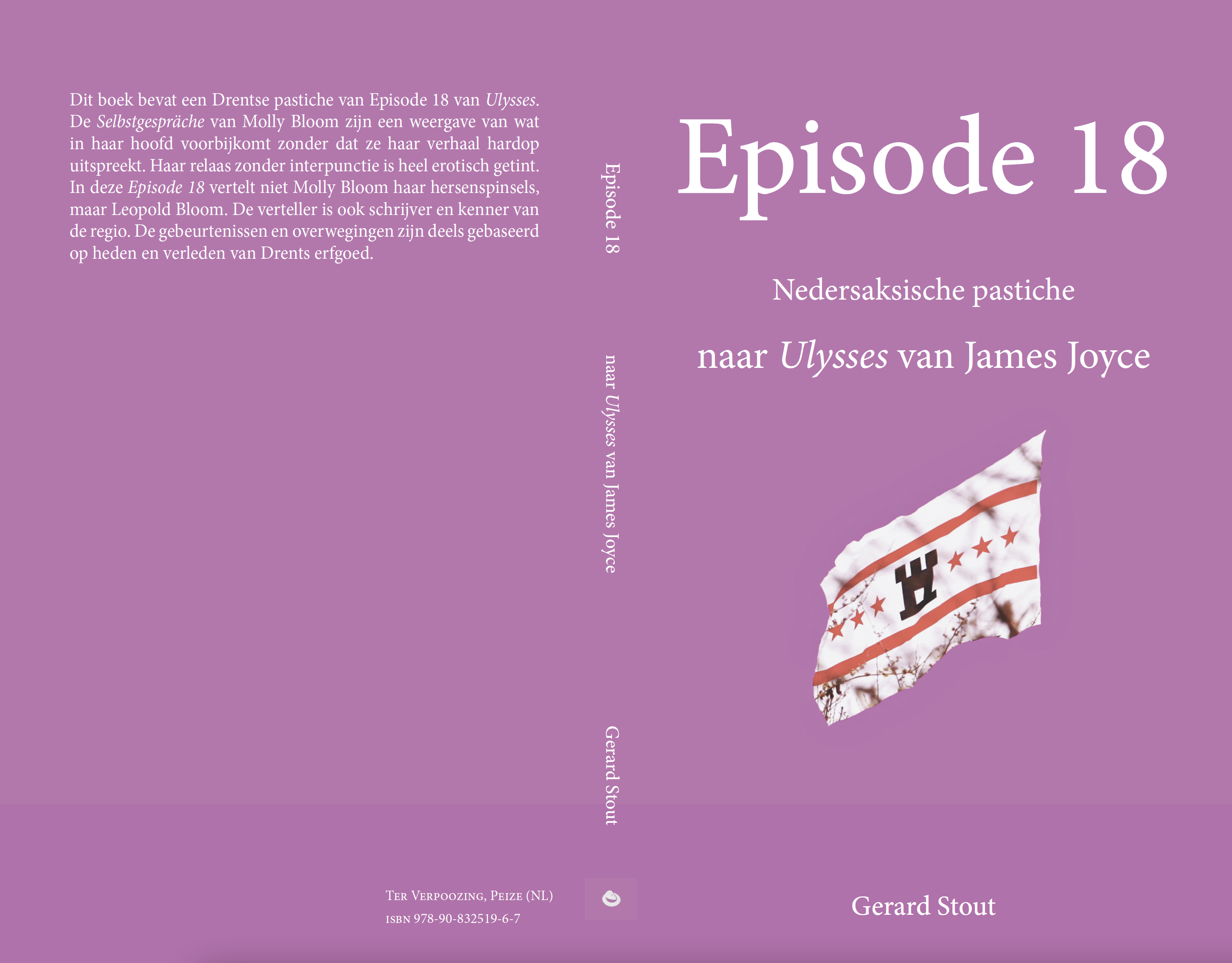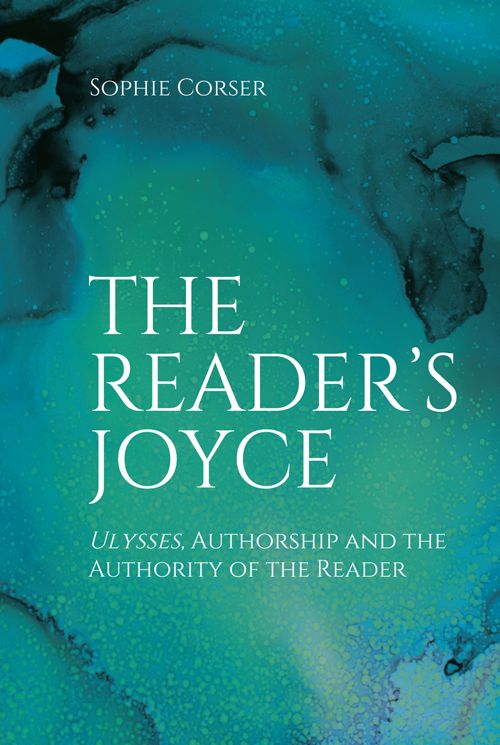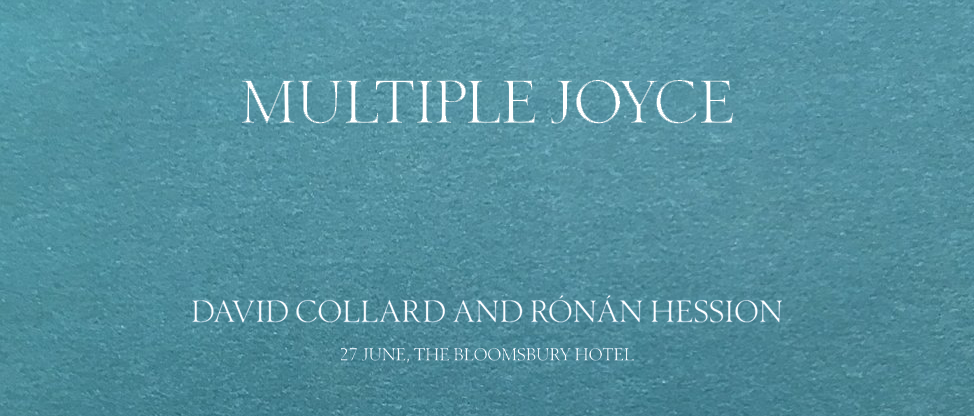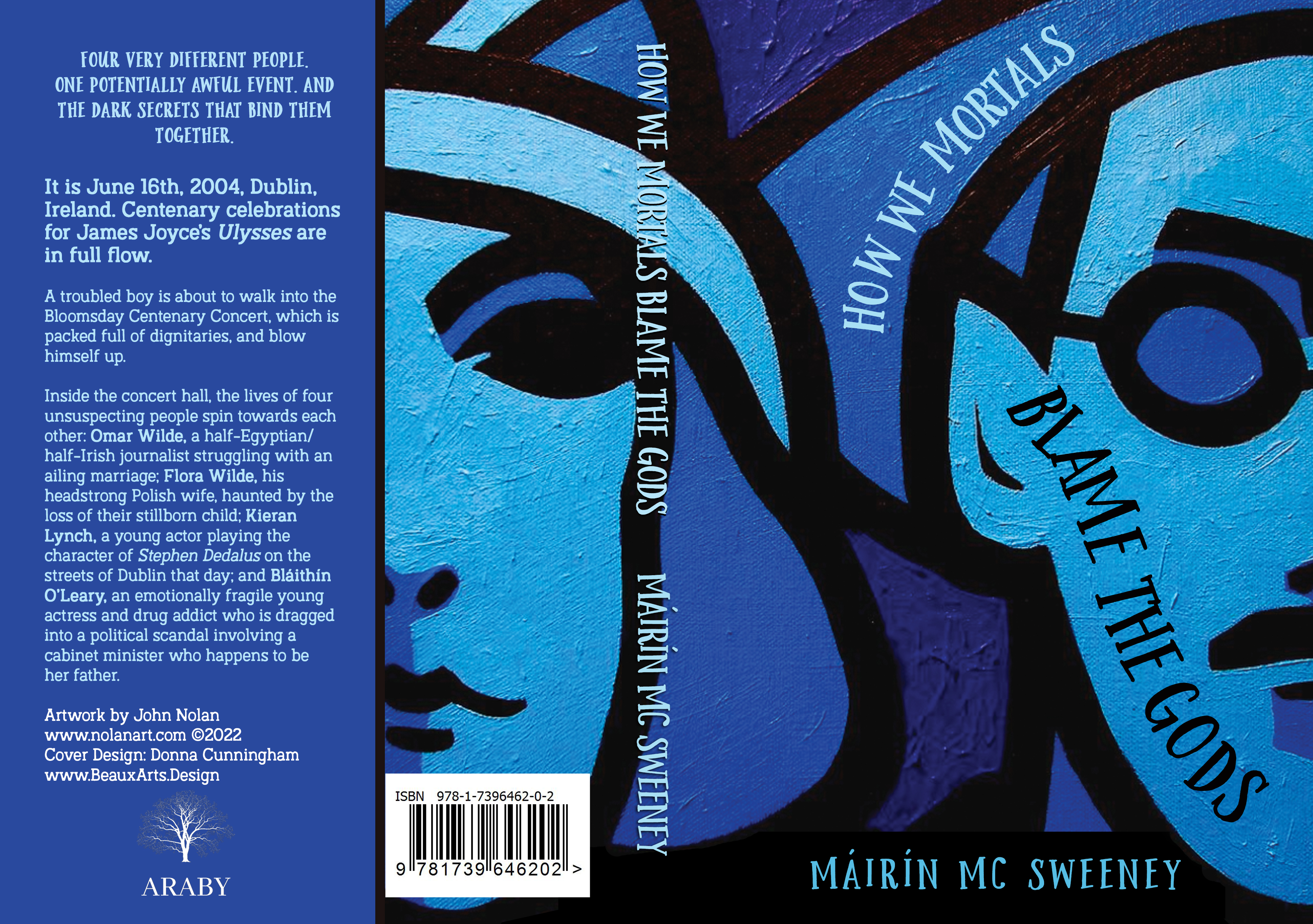Spatial Theory in Ulysses and Post-Colonial Literature
Ato Quayson, the Jean G. and Morris M. Doyle Professor in Interdisciplinary Studies and Professor of English at Stanford, discusses James Joyce’s use of physical space in Ulysses.
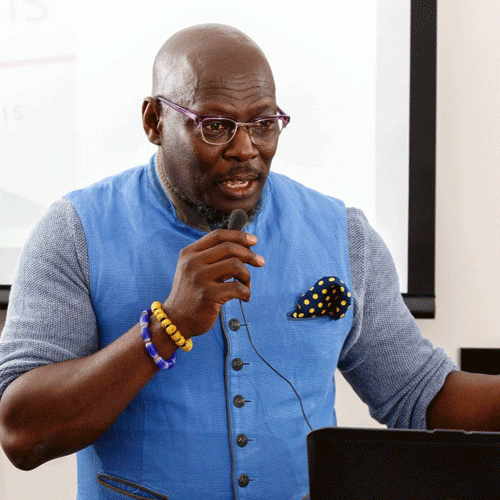
The Ridge Lecture in Literature featuring Ato Quayson
Ato Quayson, the Jean G. and Morris M. Doyle Professor in Interdisciplinary Studies and Professor of English at Stanford, discusses James Joyce’s use of physical space in Ulysses. Joyce's Ulysses situates Leopold Bloom's perambulations as the conduit for thinking about semi-imperial Dublin in the early 20th century. They also raise implications about the complex configurations of space and temporality in the wider Empire in the same period. This talk uses this spatially introverted and extroverted quality of Ulysses to rethink both formalist and Marxist theories of space for literary analysis in the 21st century, offering new readings of other postcolonial literary writers of urban spaces, such as Salman Rushdie (Midnight's Children), Ayi Kwei Armah (The Beautyful [sic] Ones are not Yet Born), Naguib Mahfouz (Midaq Alley), and Toni Morrison (Jazz), among many others.
This lecture is presented in conjunction with the conference “Joycean Cartographies: Navigating a New Century of Ulysses” on 3-4 February.
Find out more: https://www.huntington.org/events/spatial-theory-ulysses
